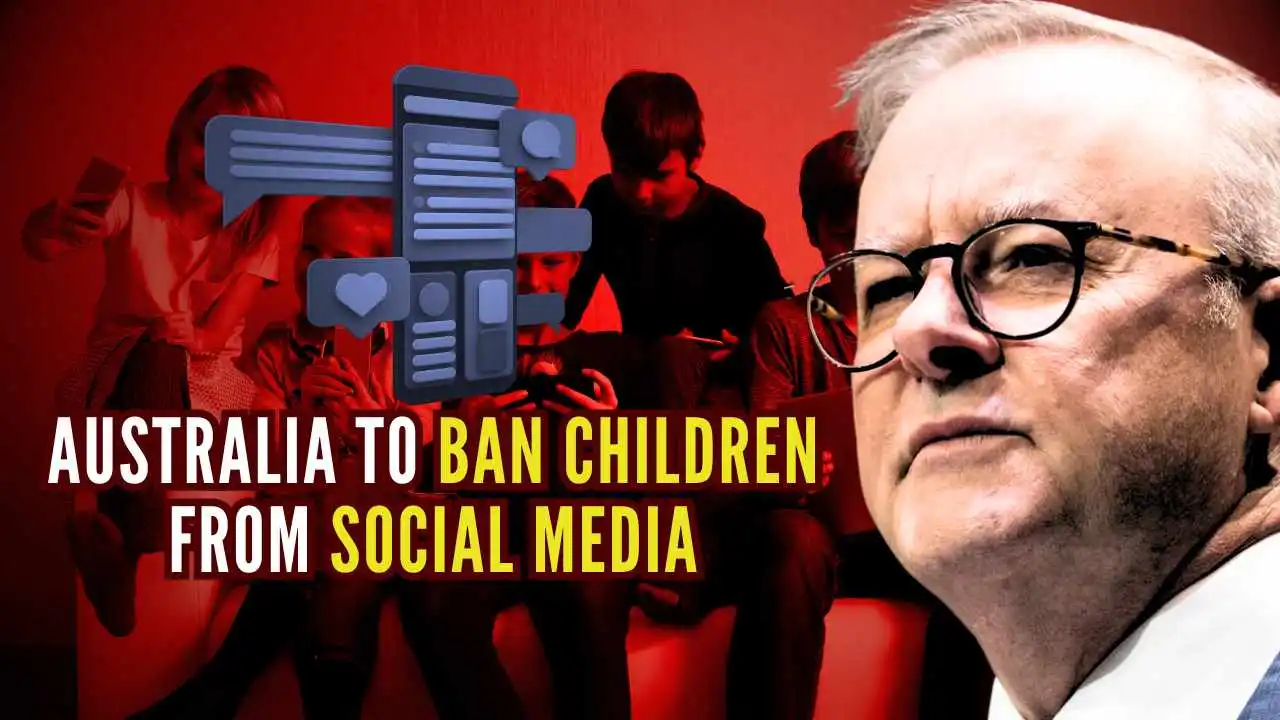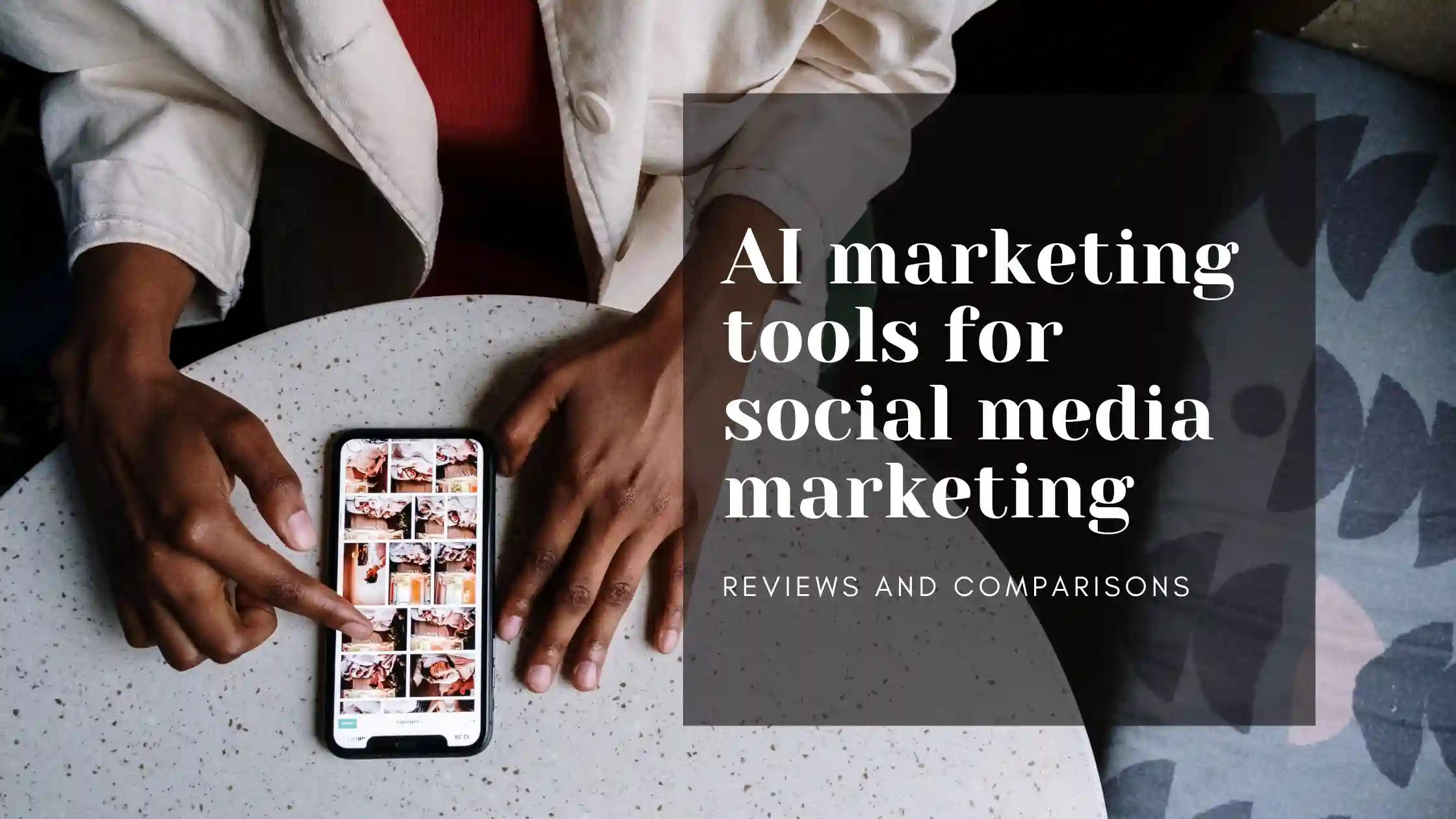Australia's potential social media ban for children: What marketers need to know
Australia's proposed ban on social media for children could change how marketers reach younger audiences, sparking both challenges and opportunities.

The Australian government, led by Prime Minister Anthony Albanese, has announced plans to introduce legislation enforcing a minimum age requirement for social media access. This law aims to protect Australian children from the mental and physical harm that extended social media use can cause. Albanese emphasized the need to prioritize children's safety and well-being, stating, "Australian young people deserve better, and I stand with all Australian parents in protecting our kids."
Though Australia is leading this effort, other countries in the region, such as Malaysia and Singapore, are also exploring ways to address children's social media usage. Malaysia’s Communications Minister Fahmi Fadzil, for example, has voiced support for learning from other nations and implementing stricter controls. Similarly, Singapore's Infocomm Media Development Authority (IMDA) introduced tighter ad regulations to reduce harmful exposure to children on these platforms.
As governments push forward with legislation aimed at protecting minors, marketers must assess how these changes might alter their approaches to reaching younger audiences.

Implications for marketers
1. Diversification of marketing channels
One of the most immediate impacts of a social media ban on children is the need for marketers to diversify their communication channels. According to Chito Jusi from Dentsu Singapore, although social media is central to many advertising campaigns, alternatives like gaming platforms, music streaming apps, and even in-app advertising can become valuable tools for reaching younger audiences. Marketers will need to rethink strategies, focusing on more traditional methods or innovative channels where younger consumers engage without social media's influence.
2. Shifting focus to family-centric marketing
With direct social media engagement removed from the equation, Suzen Chai of LOKi Digital suggests that marketers will need to approach their younger audience indirectly, perhaps by targeting parents and families. Marketers could focus on events, outdoor experiences, and creative approaches such as family-oriented content. This change presents an opportunity for brands to develop campaigns that build stronger trust and align with family values.
3. Challenges in influencer marketing
A significant portion of youth marketing is driven by social media influencers. If children are banned from these platforms, marketers will need to explore other ways to incorporate influential figures into their campaigns. As Rengeeta Rendava of Mad Hat Asia notes, this shift may force marketers to use other platforms or tactics, including experiential learning programs or events, to engage both children and their families.

Recommended social media platforms for children
If social media platforms are required to impose restrictions, they may also develop alternative, safer channels designed specifically for children under the age of 16. These platforms would need to prioritize robust safety features, parental oversight, and educational content, ensuring safer engagement for younger audiences. Some examples that could serve as inspiration for such platforms include:
- YouTube Kids: This platform offers a curated experience for children, featuring kid-friendly videos and robust parental controls.
- Messenger Kids: Developed by Meta, Messenger Kids allows children to communicate with approved contacts under the supervision of parents, ensuring safer interactions online.
- LEGO Life: LEGO’s platform is designed to provide children with a safe space to share their creative builds, without exposure to harmful content or inappropriate interactions.
These platforms offer examples of how social media companies can strike a balance between offering children a digital space to interact while keeping safety and well-being at the forefront.
Marketers will need to adapt to this evolving landscape by embracing a more ethical, family-centered approach. The proposed ban on children using social media in Australia is likely to spark global conversations around the safety and mental health of young users. Brands that pivot their strategies effectively and responsibly—such as targeting family units or leveraging alternative channels—stand to maintain a positive brand image while staying compliant with new regulations.
ContentGrow is a managed talent network for brands and publishers to work with high-quality freelance writers and journalists worldwide. Sign up to get started or book a discovery call to learn more.





